1+1 Cabbage exp – Desi Seeds
₹60.00 Original price was: ₹60.00.₹50.00Current price is: ₹50.00.
(MRP Inclusive of all taxes)
- Shipping Rs 100 for entire order
- Dispatch in 8-10 days
- Country of origin: India
Description for Cabbage exp
Cabbage (Brassica oleracea or variants) is a leafy green annual-biennial plant, grown as an annual vegetable crop for its dense-leaved heads.
Cabbage heads generally range from 1 to 8 pounds (0.5 to 4 kg) and can be green, purple and white. Smooth-leafed firm-headed green cabbages are the most common, with smooth-leafed red and crinkle-leafed savoy cabbages of both colors seen more rarely.
This cool-season crop grows best when daytime temperatures are in the 60s F. Direct-seed or transplant spring crops for fresh use in summer. Plant fall crops for winter storage or sauerkraut.
Planting and care
The planting season for cabbage is quite long. Early cabbage should be transplanted as soon as possible so that it can mature before summertime heat. If you have been wondering when to plant cabbage plants, you should know that several varieties are available at different maturity times so you can have a harvest all summer long.
When thinking about when to plant cabbage plants, you should remember that hardened plants can be very tolerant of frosts. Therefore, you can plant these early in the spring with other cool season vegetables. Late cabbage can be started during mid-summer, but remember that they will not develop ahead until fall. Plant transplanted seedling 12 to 24 inches apart in rows, depending on the size of head desired.
Caring for Cabbage exp
- When transplants reach 5 inches tall, thin to make sure they are still the desired length apart.
- Fertilize 3 weeks after transplanting.
- Keep soil moist with mulch and water 2 inches per week.
- Start cabbage seeds indoors 6 to 8 weeks before the last spring frost.
- See frost dates for your area here. Harden off plants over the course of a week.
- Transplant outdoors 2 to 3 weeks before the last expected frost date.
- Mulch thickly to retain moisture and regulate soil temperature.
- Practice crop rotation with cabbage year to year to avoid a build-up of soil-borne diseases.
- Although broccoli, cauliflower, and cabbage are closely related, cabbage will not tolerate them. Also, avoid proximity to strawberries and tomatoes.
Harvesting
- Harvest when heads reach desired size and are firm. This will take around 70 days for most green cabbage varieties.
- Most early varieties will produce 1- to 3-pound heads. Cut each cabbage head at its base with a sharp knife. After harvesting, bring inside or put in shade immediately.
- To get two crops from early cabbage plants, cut the cabbage head out of the plant, leaving the outer leaves and root in the garden.
- The plant will send up new head spinch them off until only four or so smaller heads remain.
- When these grow to tennis-ball size, they will be perfect for salad.
- After harvesting, remove the entire stem and root system from the soil to prevent disease build up.
- In proper root cellar conditions, cabbage will keep for up to 3 months.
Typical uses of Cabbage exp
Special features: NA
Culinary use: Cabbage is prepared and consumed in many ways. The simplest options include eating the vegetable raw or steaming it, though many cuisines pickle, stew, or braised cabbage.
Ornamental use: NA
Medicinal use:
- Cabbage is a good source of beta-carotene, vitamin C and fiber.
- Studies suggest that it, as well as other cruciferous vegetables, may reduce the risk of some cancers, especially those in the colorectal group.
- Purple cabbage also contains anthocyanins, which in other vegetables have been shown to have anti-carcinogenic properties.
- Along with other cole crops, cabbage is a source of indole-3-carbinol, a chemical that boosts DNA repair in cells.
- The Ancient Greeks recommended consuming the vegetable as a laxative, and used cabbage juice as an antidote for mushroom poisoning, for eye salves, and they prepared liniments with the plant to help bruises heal
- The cooling properties of the leaves were used in Britain as a treatment for trench foot in World War I, and as compresses for ulcers and breast abscesses.
- Accumulated scientific evidence corroborates that cabbage leaf treatment can reduce the pain and hardness of engorged breasts, and increase the duration of breast feeding.
Be the first to review “1+1 Cabbage exp – Desi Seeds” Cancel reply
Related products
Flowering Plant Seeds (Imported / Hybrid)
Flowering Plant Seeds (Imported / Hybrid)
Flowering Plant Seeds (Imported / Hybrid)
1+1 Marigold pusa basanti, Tagetes erecta pusa basanti – Desi Seeds
Pot Vegetable Seeds
Pot Vegetable Seeds
Pot Vegetable Seeds
Pot Vegetable Seeds




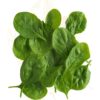


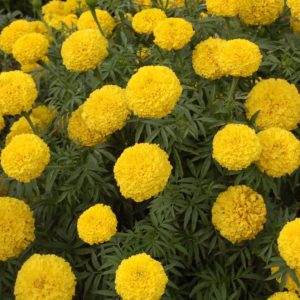
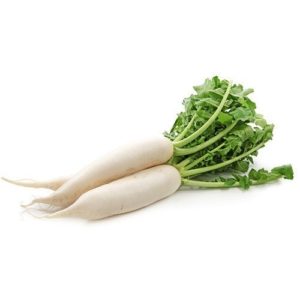
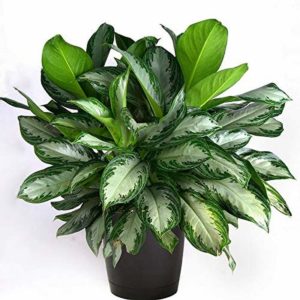
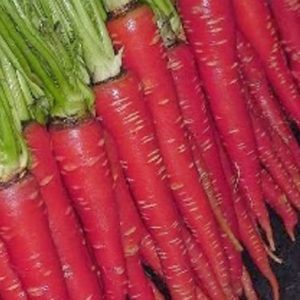
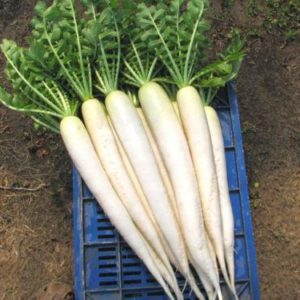
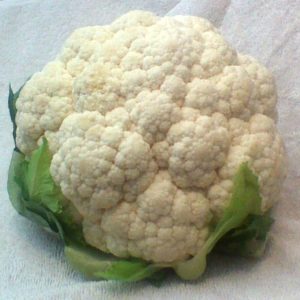
Reviews
There are no reviews yet.